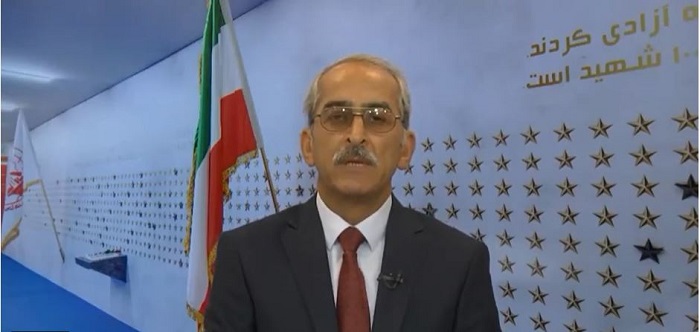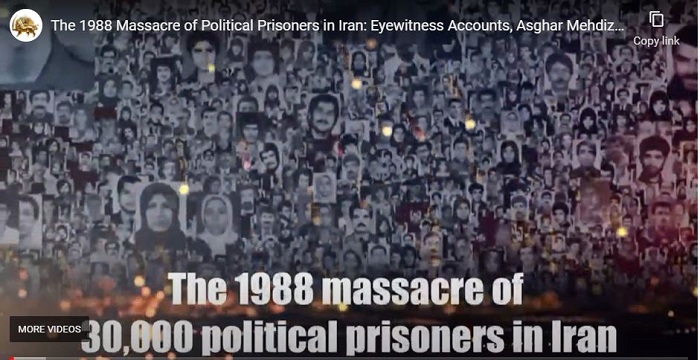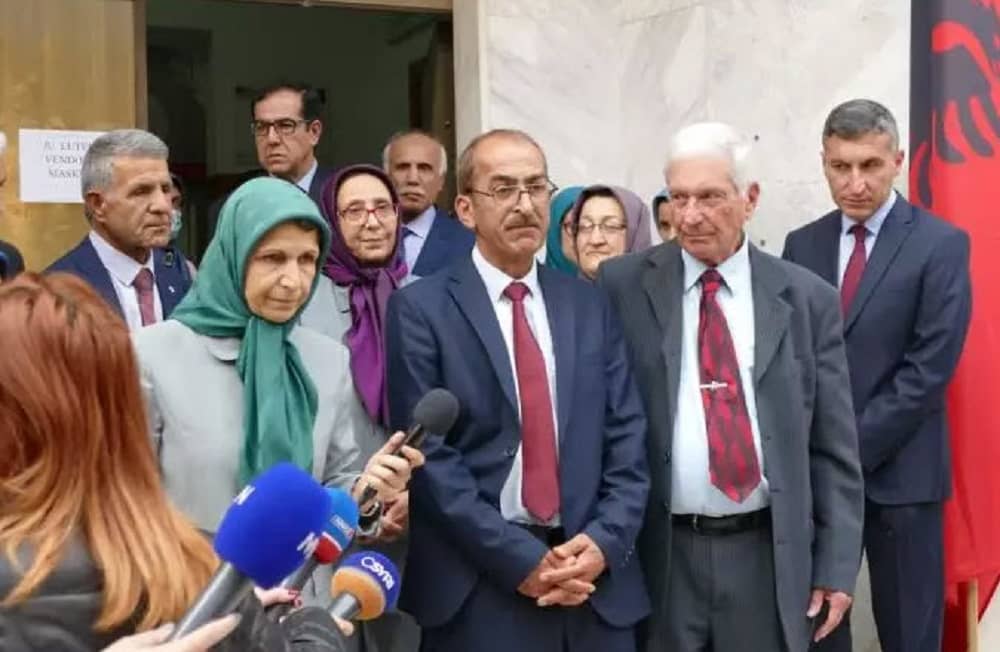

The prosecution of Hamid Noury, an Iranian prison officer accused of torturing inmates in the Gohardasht prison (Karaj) and participating in the massacre of hundreds of political prisoners in 1988, resumed on Wednesday in the District Court of Durres, Albania. Noury is currently on trial in a courtroom where several of his victims are testifying about how he and other regime officials tortured inmates inhumanely.
Mohammad Zand has spent eleven years in terrible Iranian prisons
The trial had previously taken place in Stockholm’s District Court. The court was moved to Durres, Albania, for Wednesday’s hearing, where members of the People’s Mojahedin of Iran (PMOI / MEK Iran) from Ashraf 3 have testified.
Mohammad Zand, a former political prisoner who spent eleven years in Iran’s terrible jails, testified on Wednesday about the atrocities that took place there. Zand was in Gohardasht jail during the 1988 massacre.
“On July 30, 1988, the executions began. Jafar Hashemi and Dr. Mohsen Ghafour Maghrebi were among the first to be executed after being moved from Mashhad. These detainees publicly declared their allegiance to the MEK.”
Zand was then sentenced to three months in solitary confinement. He was sent to the general ward, where he had his first encounter with Mahmoud Royaie. “As far as I know,” Mahmoud said Zand, “you’re the last one… there used to be 160-170 inmates in that ward.” In Gohardasht, only a few hostages remained.”
On July 30, many prisoners were executed in Gohardasht. According to Zand’s testimony, many were brought in from other cities, including Mashhad & Kermanshah. Those who remain steadfast in their support for the MEK were immediately hanged.#Iran #1988Massacre #ProsecuteRaisiNOW pic.twitter.com/Wvs29HLrdm
— People's Mojahedin Organization of Iran (PMOI/MEK) (@Mojahedineng) November 10, 2021
“They beat us for an hour,” Zand explained
“We were taken out of the cell and into the hallway by Davood Lashgari [a torturer].” He encircled us with blindfolds and demanded to know what our mission was. As soon as we said we were MEK sympathizers, the guards started assaulting us… Davood, a jail guard with a martial arts background, kicked me in the foot, breaking my toe. “They beat us for an hour,” Zand explained.
“They turned down the TV and forbade any open broadcasting on July 29. My brother, Reza Zand, was walking with Mahmoud Royaie at the time and said that the harassment was greater than usual. “We need to protest.” he continued.
“Ten days later, I was allowed to see my parents and sister.” When they questioned about Reza’s whereabouts, I told them to “go ask them.” “Zand went on to say that
“After a few days, they called my father and told him to take Reza’s identification papers to Evin prison.” “He went to prison without the papers,” Zand explained. “They handed him a bag, a shirt, and a watch there.” Reza’s watch had broken, suggesting that the hour of his execution was two o’clock.”

Zand’s father said, “Execute me… I’ll go with my son.”
The authorities tried to scare Zand’s father into handing over Reza’s identifying documents by warning him that no ceremony should be placed. ” They began assaulting him and performing a mock execution when he refused to comply. “He said, “Execute me… I’ll go with my son.”
Several witnesses to the 1988 massacre, as well as families of the dead, gathered in front of the Durres court to speak to the press about the Iranian regime’s crimes against MEK members and dissidents, while the trial was underway.
MEK members in Ashraf 3 staged a memorial service for the victims of the 1988 massacre at the same time. Many political prisoners talked about and related experiences of horrors committed in Iranian prisons during this ceremony.

Authorities executed more than 30,000 political prisoners across Iran
Meanwhile, a large gathering of MEK sympathizers staged a protest march in front of the court in Stockholm, where Noury and his lawyers are participating in the trial via video conference. The demonstrators want a wider tribunal to try other perpetrators and organizers of the 1988 massacre, including regime president Ebrahim Raisi and supreme leader Ali Khamenei.
During the summer of 1988, the authorities executed over 30,000 political prisoners across Iran, the majority of them being MEK members and supporters, in a swift and brutal manner. The persecution was commanded by Ruhollah Khomeini, the regime’s supreme leader, in an edict that stated categorically that anyone who supports the MEK is an enemy of God and should be executed.
The massacre in 1988 was called a war crime and a crime against humanity by many. It is also classified as “genocide” by legal experts, who believe it should be investigated by international tribunals.
Mojahedin rally in Ashraf 3 – Simultaneously with the first session of the trial of Hamid Nouri in Durrs, Albania
Follow Maryam Rajavi’s on her site Twitter & Facebook and follow NCRI (Twitter & Facebook)
and follow NCRI (Twitter & Facebook)
MEK Iran (on Twitter and Facebook)
and People’s Mojahedin Organization of Iran – MEK IRAN – YouTube









